Archives
- 2025-11
- 2025-10
- 2025-09
- 2025-04
- 2025-03
- 2025-02
- 2025-01
- 2024-12
- 2024-11
- 2024-10
- 2024-09
- 2024-08
- 2024-07
- 2024-06
- 2024-05
- 2024-04
- 2024-03
- 2024-02
- 2024-01
- 2023-12
- 2023-11
- 2023-10
- 2023-09
- 2023-08
- 2023-07
- 2023-06
- 2023-05
- 2023-04
- 2023-03
- 2023-02
- 2023-01
- 2022-12
- 2022-11
- 2022-10
- 2022-09
- 2022-08
- 2022-07
- 2022-06
- 2022-05
- 2022-04
- 2022-03
- 2022-02
- 2022-01
- 2021-12
- 2021-11
- 2021-10
- 2021-09
- 2021-08
- 2021-07
- 2021-06
- 2021-05
- 2021-04
- 2021-03
- 2021-02
- 2021-01
- 2020-12
- 2020-11
- 2020-10
- 2020-09
- 2020-08
- 2020-07
- 2020-06
- 2020-05
- 2020-04
- 2020-03
- 2020-02
- 2020-01
- 2019-12
- 2019-11
- 2019-10
- 2019-09
- 2019-08
- 2019-07
- 2019-06
- 2019-05
- 2019-04
- 2018-11
- 2018-10
- 2018-07
-
AZD-5438 The differences in metabolites fermentation charact
2021-11-08

The differences in metabolites, fermentation characteristics in skim milk, and the use of lactose revealed by principal component analysis are shown in Figure 3C. Notably, D-XJ4–12 appeared to be isolated from the rest of the strains mainly due to its lack of ability to use lactose. Lactococcus lact
-
The conversion of lactose to GOS by gal involves the
2021-11-08
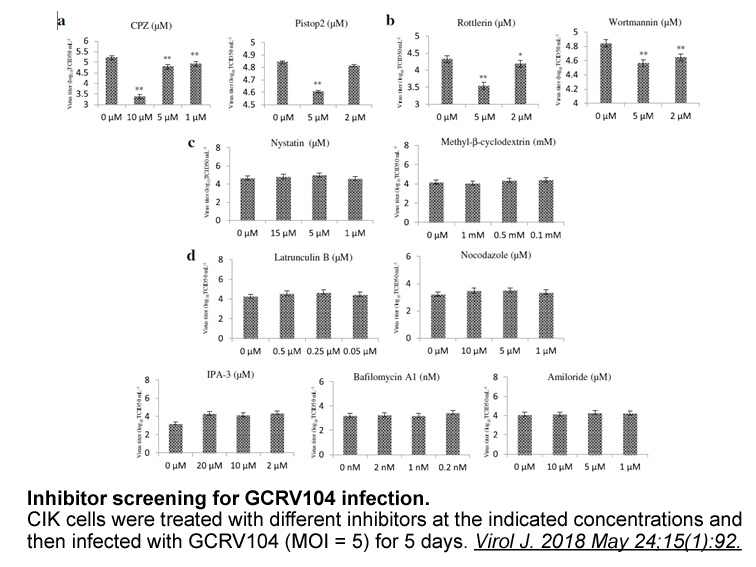
The conversion of lactose to GOS by β-gal involves the same transglycosylation mechanism used by most glycoside hydrolases (GHs). This mechanism (Fig. 1) involves an enzyme-bound intermediate and consists of two processes: glycosylation and deglycosylation (Adlercreutz, 2017). The glycosylation proc
-
In our study the changes in the and
2021-11-08
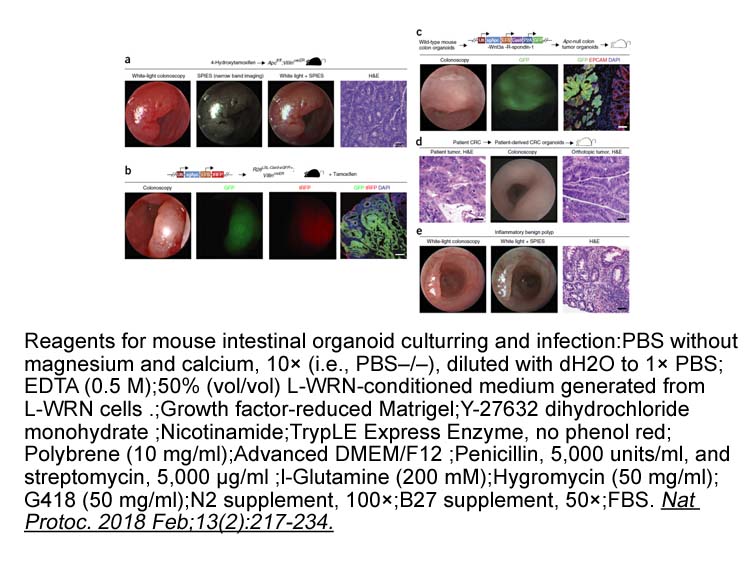
In our study, the changes in the α4 and δ subunit expression were accompanied by a significant increase in γ2 subunit expression in almost all analysed hippocampal structures in the fully kindled animals. In contrast, an acute injection of PTZ at a convulsive dose (55mg/kg) evoked a potent decrease
-
We reviewed the results of comprehensive genomic profiling
2021-11-08
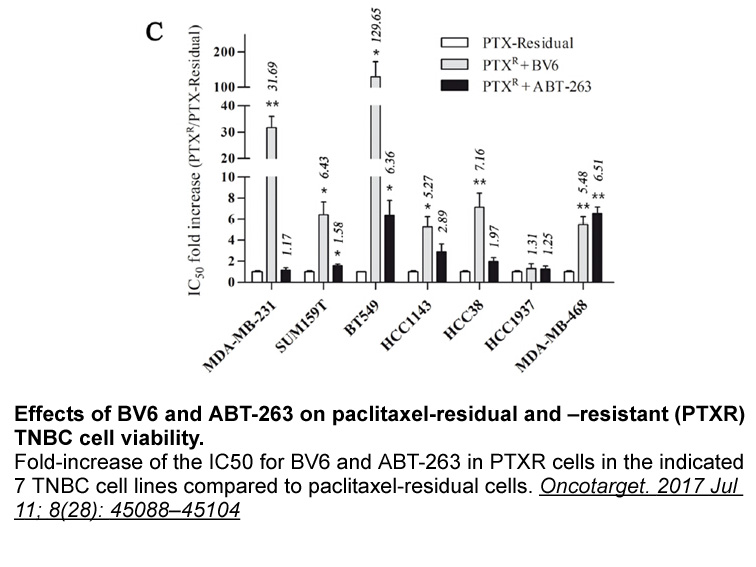
We reviewed the results of comprehensive genomic profiling (CGP) in 26,054 cases of NSCLC and examined the frequency and clinical characteristics of patients whose tumors harbor FGFR fusions. To our knowledge, this is the most in-depth evaluation of FGFR fusions exclusively in NSCLC. Here we will de
-
Akt mTOR signaling pathway is a major negative regulator of
2021-11-08

Akt/mTOR signaling pathway is a major negative regulator of autophagy, via modulating ULK1 complex. It is well established that Inhibition of mTOR by deprivation of nutrients or growth factors, led to dephosphorylation of ULK1, ULK2, and Atg13 in human cells, which is a key step for ULK1 complex ass
-
Introduction Terpenoids also known as isoprenoids
2021-11-08
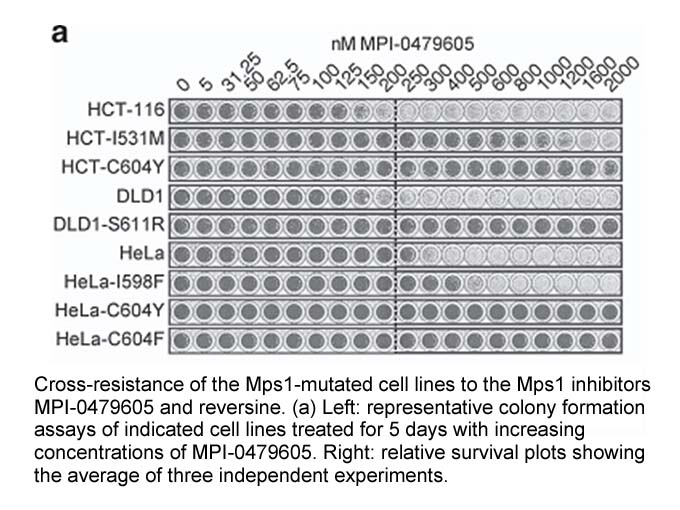
Introduction Terpenoids, also known as isoprenoids, constitute a large family of natural products comprising at least 22,000 compounds and play diverse and important roles in plants as hormones, phytosynthetic pigments, and electron carriers [1], [2]. In addition, volatilized terpenoids contribute
-
Compared to the other histamine receptor subtypes the H rece
2021-11-08
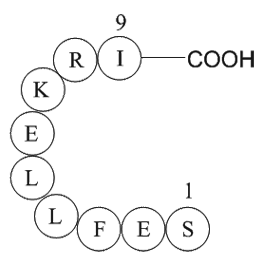
Compared to the other mecamylamine receptor subtypes, the H3 receptor exhibits rather complex pharmacology, being subject to extensive splicing, leading to two major (H3-445 and H3-365) and possibly more functional human receptor isoforms; for a comprehensive review please see Leurs et al. (2005) a
-
y15 synthesis CTGF is an established YAP TAZ target gene whi
2021-11-08
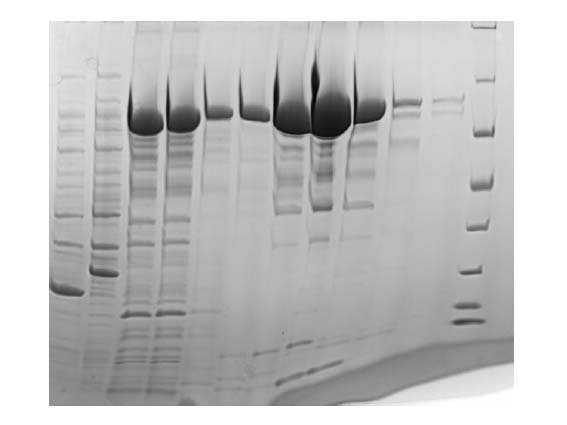
CTGF is an established YAP/TAZ target gene which plays a central role in tissue remodeling. Downregulation of CTGF mediates collagen loss in chronologically-aged human skin whereas persistent activation of CTGF can result in excessive deposition of collagen and fibrotic disorders [63]. The authors f
-
The mode of action of m Tyr has not
2021-11-06

The mode of action of m-Tyr has not been fully recognized. The primary/basic mechanism of action of m-Tyr is thought to be associated with the incorporation of this NPAA into the structure of proteins resulting in formation of dysfunctional proteins [11], [12]. m-Tyr is incorporated into proteins in
-
While the specific set of challenges
2021-11-06

While the specific set of challenges associated with deorphanization and transforming each poorly characterized GPCR into a useful drug target will be unique, much can be learned by considering how these issues have been addressed for other receptors. One group of poorly characterized GPCRs that hav
-
br Do the actions of GLP R agonists
2021-11-06

Do the actions of GLP-1R agonists on the vascular endothelium account for GLP-1R agonist-mediated cardioprotection? The previous section highlighted the recent clinical evidence from cardiovascular outcomes studies supporting the notion that GLP-1R agonists confer cardioprotective actions in pati
-
br Discussion The model of
2021-11-06

Discussion The model of a NVU described by Mathias et al. (2018) has been implemented on the macro scale (see Kenny et al. (2018b)) via a 2D cerebral tissue slice coupled to a vascular tree. In particular, further communication within the tissue slice has been implemented via extracellular ion el
-
In summary two new flexible amine functionalized quinolinium
2021-11-06
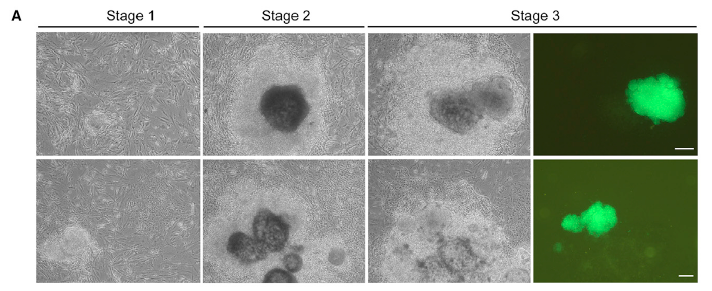
In summary, two new flexible amine-functionalized quinolinium derivatives with far-red region emitting were prepared. The shorter-chain fatty amine side chain in the scaffold of was found to be a more promising G-quadruplex DNA fluorescent probe, suggesting the amine side group plays an important ro
-
The glycolytic activator phosphofructo kinase fructose bisph
2021-11-06

The glycolytic activator 6-phosphofructo-2-kinase/fructose 2,6-bisphosphatase 3 (PFKFB3) is well-known as a downstream substrate of hypoxia-inducible factor 1α (HIF-1α) signaling pathway [5,6]. Tumor hypoxia has long been associated with increased malignancy, poor prognosis and drug resistance. HIF-
-
Introduction As a compound class
2021-11-06

Introduction As a compound class, histone deacetylase inhibitors (HDIs) have been remarkably successful in the treatment of T-cell lymphoma [1]. Vorinostat (suberanilohydroxamic Cy3 carboxylic acid (non-sulfonated) or SAHA) was approved by the FDA in 2006 for the treatment of cutaneous T-cell lymp
16371 records 567/1092 page Previous Next First page 上5页 566567568569570 下5页 Last page